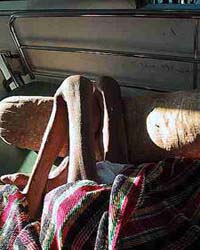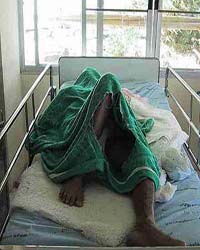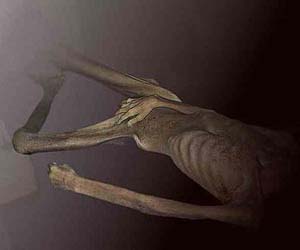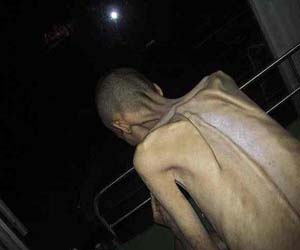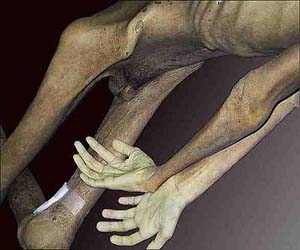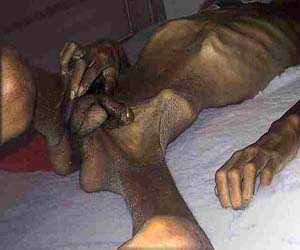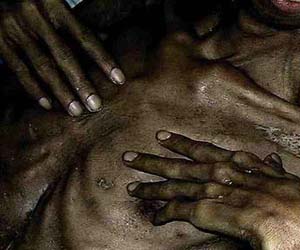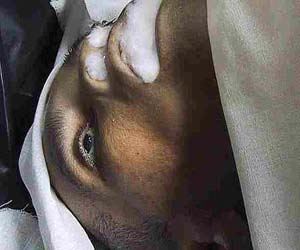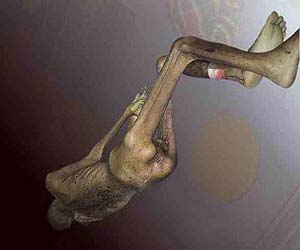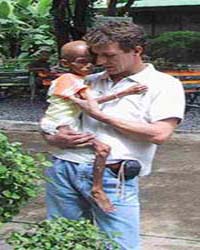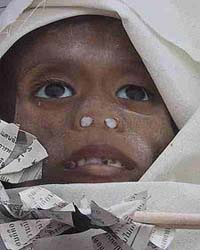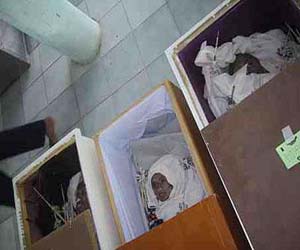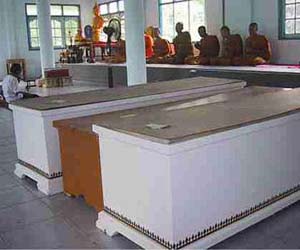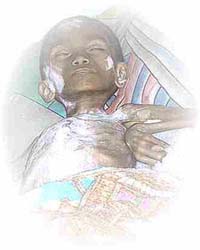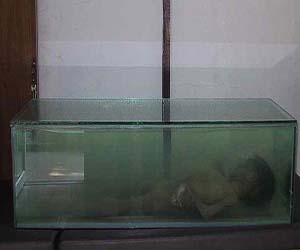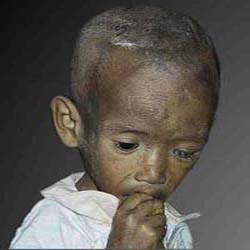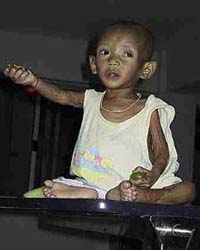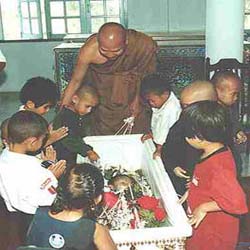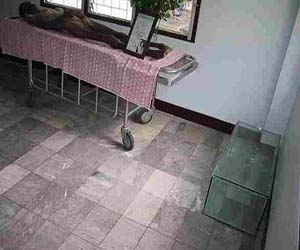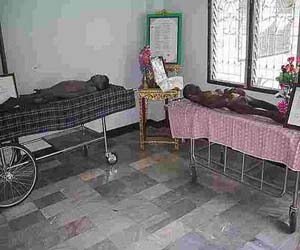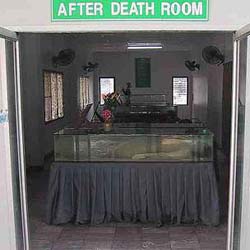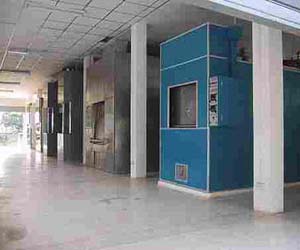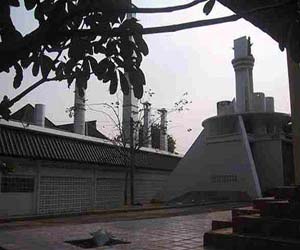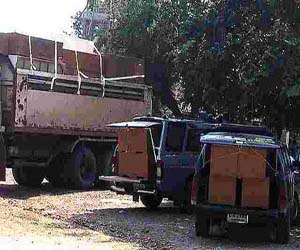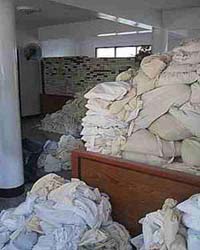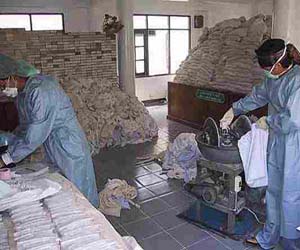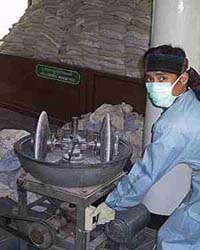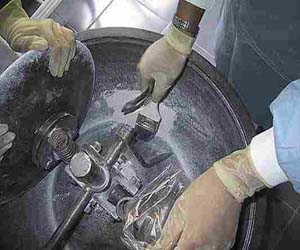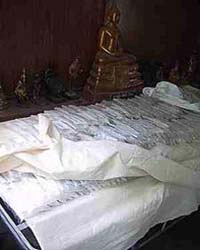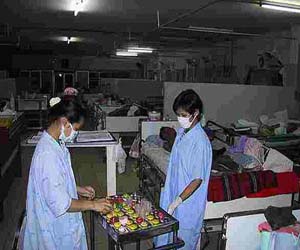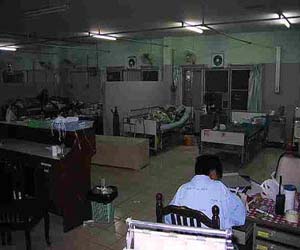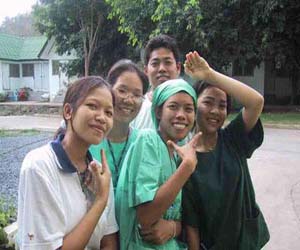![]()
AIDS FACIES IN THAILAND
WAT PRABAT NAMPHU
|
THE RESPONSIBLE OF Wat Phrabat namphu: MISTER Chalermpol Polmuk
|
|
||
|
..
|
|||
|
|
|
||
|
|
|
||
|
|
|
||
|
|
|
||
|
|
|
||
|
|
|||
|
|
|
||
|
|
|||
|
|
|
||
|
|
|
||
|
|
|
||
|
|
|
||
|
|
|
||
|
|
|
||
|
|
|
||
|
|
|
||
|
|
|
||
|
|
|
||
|
|
|
||
|
|
|||
|
|
|
||
|
|
|||
|
|
|
||
|
|
|
||
|
|
|
||
|
|
|
||
|
|
|
||
|
|
|
||
|
|
|
||
|
|
|
||
|
Thailand's temple for AIDS victims is haven for the living - October 22, 2006 LOP BURI, Thailand -- Thailand's primary AIDS hospice at a Buddhist temple here, once a place of certain death, is now becoming overcrowded with people whose lives have been saved by medication but who are rejected by their families or neighbors Already an international leader in programs for prevention of HIV infection, Thailand has become a pioneer in the past year in distributing low-cost antiretroviral drugs, which are available to all who need them for less than $1 a treatment. At the same time, Thailand has made little headway in easing a harsh stigma that was fed by its successful campaign against the horrors of the disease. As more people live longer, more are becoming outcasts in a family based society where it is difficult to blend into the crowd. Since the onset of the AIDS epidemic, Thailand has been on the front lines, first in the 1980s, when it was hit hard, and then in the 1990s, when it became a model of prevention with public education campaigns. Illustrating what specialists say could be one of the next challenges as low-cost treatments spread around the world, the AIDS temple and a small satellite village have become, in effect, a sort of leper colony. "This is our new problem," said the temple's abbot, Alongkot Dikkapanyo, 53, who founded the hospice 14 years ago. "What should we do with a healthy person who is rejected by their family and can't work? This will be a big burden on society in the future." In a special annex, the temple stores thousands of white cotton sacks of cremated remains that were never claimed by relatives. Cremations are fewer now, and in their place, hundreds of homeless survivors wander the grounds, sweeping the footpaths, doing their laundry and helping to care for the sick. Thailand's successes in both prevention and treatment have brought with them another, perhaps predictable, problem: the loss of a sense of urgency that has caused a slackening of prevention campaigns and the beginnings of a rise in new infections. In addition, specialists say about 5 percent of drug recipients each year will develop a resistance and need to switch to much more expensive "second line" drug treatments, which are covered by patents and will strain the government's budget for cheap medications. Since the epidemic arrived in Thailand in 1984, 1 million people have been infected, and 400,000 have died. In a report on AIDS in Thailand, published in August, the World Bank estimated that without the vigorous prevention program, 7.7 million people would have become infected. Fewer than 17,000 new infections are expected this year, said Patrick Brenny, Thailand's coordinator for UNAIDS, the United Nations agency dealing with AIDS. That compares with 143,000 new infections in 1990, according to the World Bank. The drug distribution program will save still more lives. The bank estimated that the medications are now reaching 80,000 people, or 90 percent of those who need them, although other estimates say the percentage is somewhat lower. That number compares with about 5,000 people who were receiving the treatments just two years ago. The infection rate in Thailand peaked in 1994, the report said, with 4 percent of military conscripts testing positive. The infection rate has been cut to about 1.4 percent, but Brenny said this figure was less meaningful now that many more people are surviving, adding to the overall total. Some of these numbers have apparently begun to climb again as the epidemic has become a lower priority for the government. "Public education has basically fallen asleep at the wheel," said Mechai Viravaidya, who heads the privately run Population and Community Development Association. "HIV infections are going up, I believe 30 percent more than before," he said. "Mostly it's young people who are asking, `Is AIDS still around? There was talk about it before but now there's nothing.' " The World Bank study also noted that the effect of past campaigns is waning and that risky behavior is increasing. Quoting a recent survey, it said that only one in four male army conscripts reported using a condom with nonregular female partners who are not sex workers. As a result, Thailand faces the need for two seemingly contradictory campaigns, one to reeducate the public about the horrors of the disease, the other to reassure it that infected people are not dangerous to be around. The two programs prevention and treatment are closely linked, the World Bank said. The distribution of low-cost medicine has been made possible by the saving, through prevention, of an estimated $18.6 billion in potential medical costs. "Prevention efforts allowed Thailand to become one of the few developing countries giving life-prolonging antiretroviral therapy to people living with HIV," the bank report said. Some of the results can be seen here at the Phra Baht Nam Phu Temple, 120 kilometers, or 75 miles, north of Bangkok. The intensive-care ward is now treating 33 patients, some of them dying, some growing healthier with medication. At the same time, the sprawling temple grounds and its village annex are home to more than 500 people who are living with AIDS. Ninety percent of patients who come here survive, the abbot said. But he also said 90 percent of these survivors are unable to return to their homes or to find a place to live where nobody knows them. "In the past they would come here and die and we would cremate them," he said, referring to some 10,000 cremations over the years. "The new ones may really stay a long time, a lifetime." "If they stay here, they are happier. They are with friends. We understand each other. Nobody discriminates against each other." The discrimination is just a short walk away through the temple grounds, among the visitors who come here to worship and the vendors who sell them food and souvenirs. Patients here say that the vendors have a rule for them "You touch it, you buy it," sometimes accompanied by a shout of, "Stand back! Don't touch anything!" Though Thailand has saved billions of dollars through its pioneering policies, one result has been a greater financial burden on the AIDS temple here. In the long run, it is a much more expensive proposition to live than to die. "The sick patients cost much more per day, of course," the abbot said, sitting in his rust-brown robe before a large statue of Buddha. "But generally they would just stay for a month or so and die." It is good news that lives are being saved now, he said. "But long term, the person who is healthy costs more. He lives longer, he eats more, and he keeps on living and eating."
|
|||


